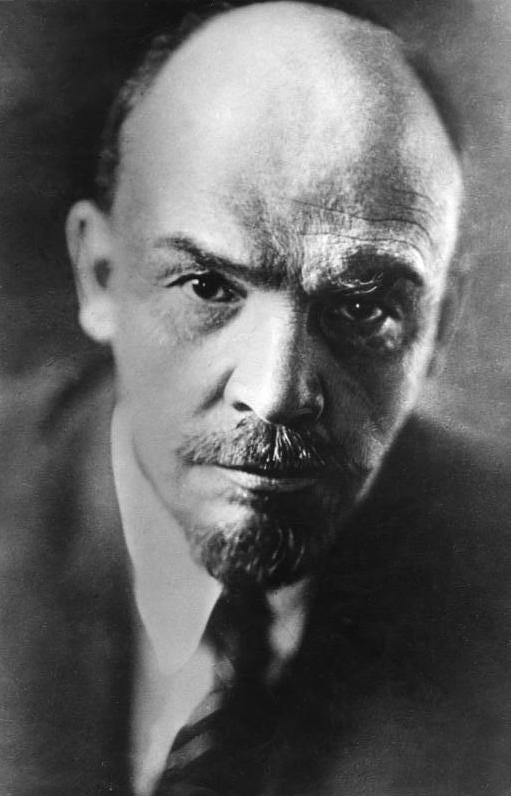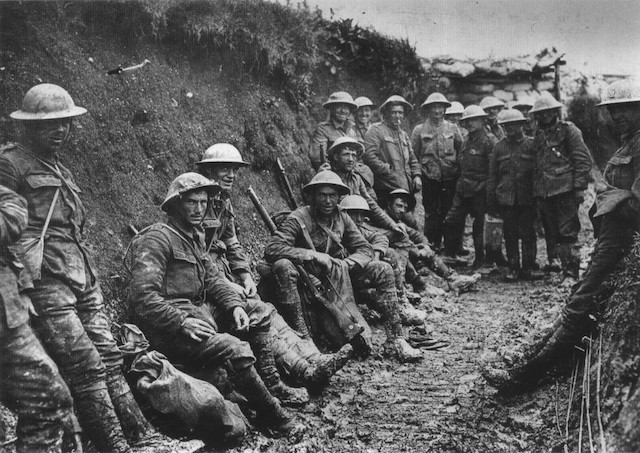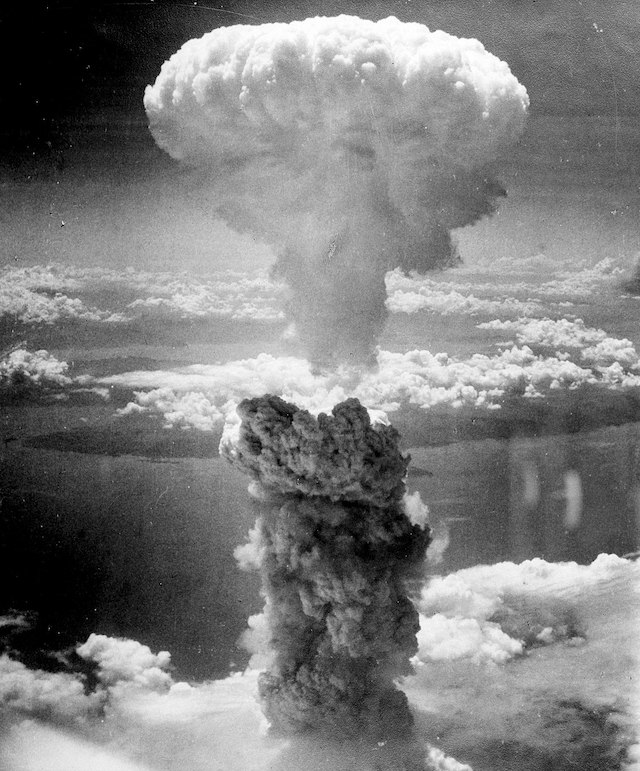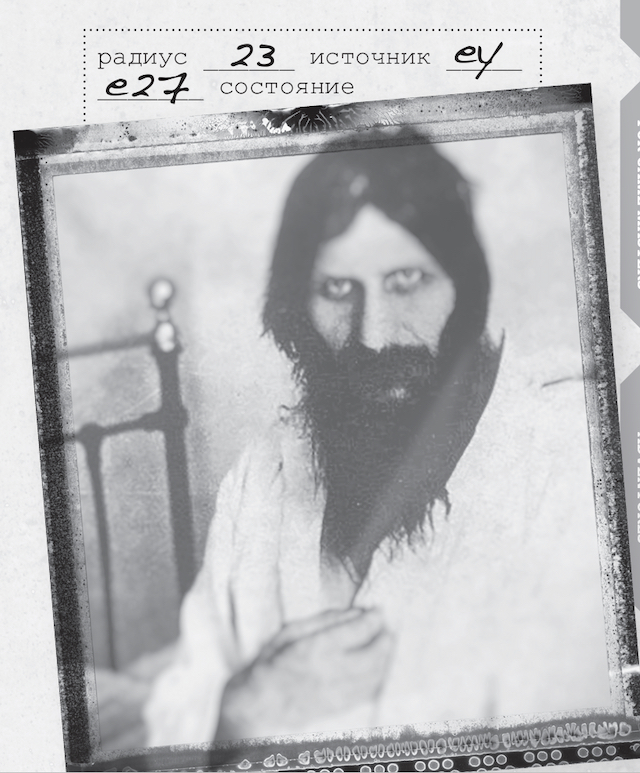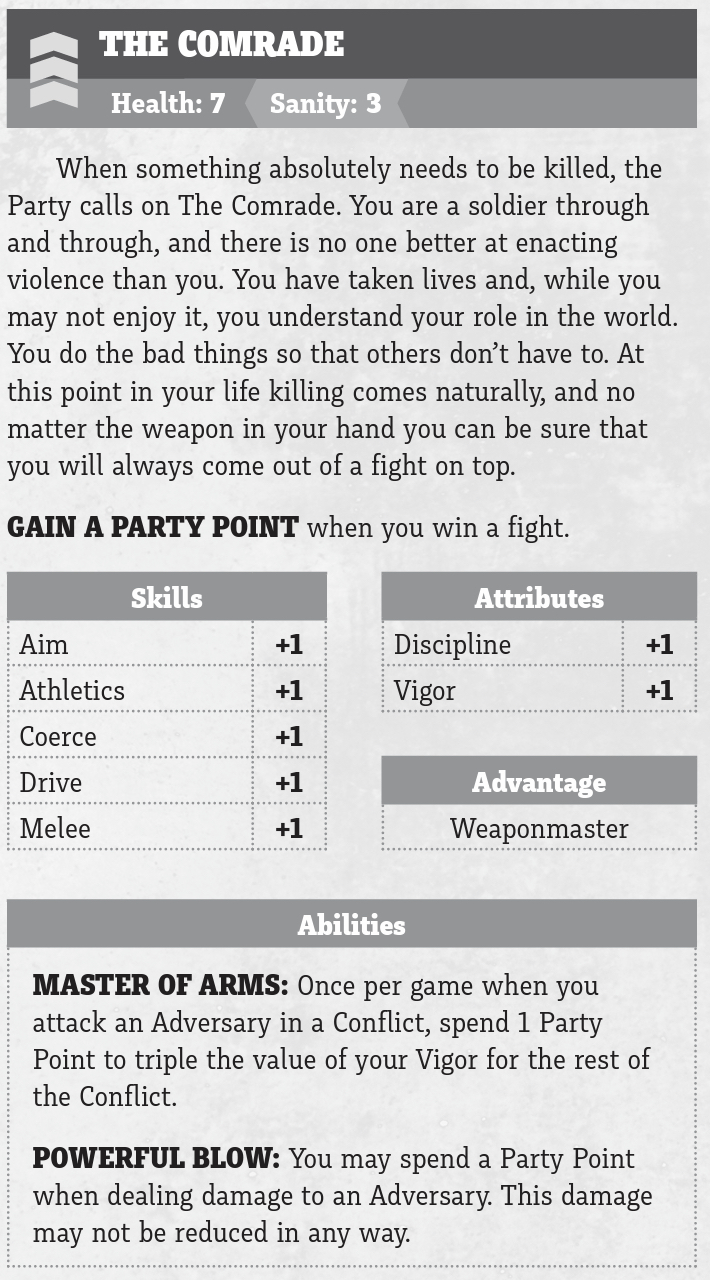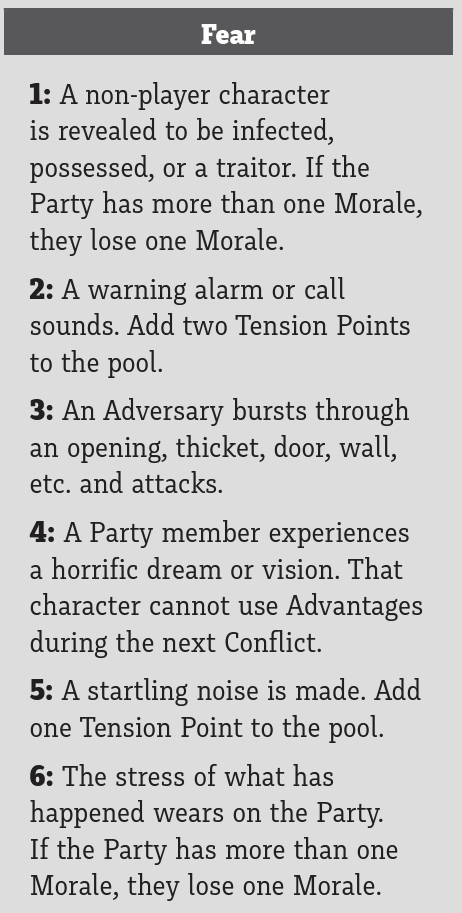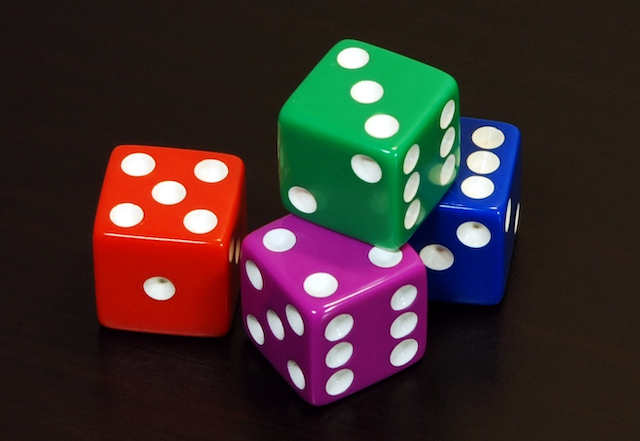The Party Always Comes First
One often learns about small, independent, or quirky games from game store owners or fellow RPG enthusiasts. So it was from a friend and player in my ongoing Star Wars campaign that I heard about Party First by Gamenomicon published in November 2019. This rules light game has some intriguing mechanics and a setting waiting to be fleshed out by the ambitious game master.
After reading it, I imagined a group of friends were together one evening and wanted to roleplay, but they did not have their rule books and did not want to be weighed down with a lot of runway to get to a game. Pure speculation, but it has that feel that players can pick it up fast and be gaming in minutes. The book is only 46 pages. 46. I do not have a source book on my self that is that short, and while the brevity speaks to a rules light devotion that does not mean that the system is not well thought out or complete.
The setting is a familiar yet alternative Earth. I have long been interested in history, and World War I, the fall of the Russian Empire, and Rasputin have always been of interest. Party First hits all of that sweet spot for me. However, it is not Earth. Countries and people have recognizable but different names. Rus for Russia. Anglia for England. Dervish Empire for the Ottoman Empire (another particular area of history I enjoy). Vladislav Lesnik for Vladimir Lenin. All of these are laid out in an alternative history.
The real Lenin
The Long War begins in 1914 and never really ends until 1945 (though a long period of nominal peace occurs). Tsar Nikolai of Rus falls under the sway of the mystical peasant prophet Yefim, while Nikolai’s wife, Xandra is highly skeptical of the so-called mystic. (This is a reversal of the actual history, where Alexandra fell under the sway of Rasputin for his supposed abilities to cure the hemophiliac heir to the throne.) Unlike Rasputin, Yefim escapes while Nikolai attempts to put down the rising communist threat posed by Lesnik. He fails, and Lesnik eventually rises to supreme power as the leader of the new United Socialist Republic Alliance (USRA). And the Long War continues.
The real World War I
As the Cardinal Forces (Tyrsland, Illyria, the Dervish Empire, and later the Cipangu League) face defeat against the Joint Armies (USRA, Anglia, Le Marianne, and the Federated States), the Federated States develop and drop two atomic bombs on Cipangu League cities. The USRA develops its own nuclear capabilities, and with mutually-assured destruction, a period known as the Twilight War begins — aka, the Cold War. The game is set in 1985, and the players are citizens of the USRA and its communist autocracy.
Atomic bombing of Nagasaki
Beyond this, and perhaps more importantly, the world has monsters. Arising from Tyrsland Long War experiments, the catastrophic atomic bombs, and who knows what other experimentation, creatures threaten humanity and people’s sanity. Party First is a game of cosmic horror, bringing in many familiar themes from Call of Cthulhu and Delta Green. Players are characters who face this threat — and probably do not live or keep their sanity.
In fact, the game is intended for one-shots:
You will notice that within this text that there are no rules for experience or advancement of a character in Party First. This is intentional; Party First is intended to be played to completion in a single session rather than an extended campaign.
I think this is refreshing to read because it sets expectations. Characters can and probably should die and go insane in the game. Thus, character creation is accordingly lightweight and simple. A character’s attributes are Vigor, Comprehension, Presence, and Discipline, each with a maximum value of five. When creating a character, the player first chooses from one of eight classes: Agent, Bratva, Commissar, Comrade, Occultist, Proletariat, Scientist, and Soviet. For a game, only one character from each class is allowed. Each class has five skills that get an automatic plus 1, up to two of the attributes by 1, get one Advantage, and have two unique Abilities.
Players then get 2 points they can apply to the attributes (all of which start at 2–hence, depending on the class decision some of those attributes start at 3). Players then get 10 points to disperse amongst the 12 skills, which also max out at 5.
Each class has one designated Advantage, and the player can choose one more Advantage from the entire set. These are specific natural traits or training that grants the character situational options. For example,
KNOWLEDGE IS POWER: When using your Personal Skill in a Conflict, you may spend a Party Point to use.
Players have 20 Advantages to choose from Cover Identity to Die Hard to Sorcery.
Abilities are unique to the class. These are more powerful than Advantages. Each class has one Ability that can only be used once per game. The other ability focuses on spending some of the pool of points available to characters and the game master (GM) for game effects.
The pools are part of what makes Party First interesting. The players have a group resource called Morale Pool. For every player, the pool increases by one (thus, five players results in a Morale Pool of 5). These can be spent as if they were Party Points or to keep two additional dice when rolling. If a character dies or goes insane, the Morale Pool decreases by one. If they Morale Pool hits zero, all the players are either dead or insane.
Players have pools for Sanity, Health, and Party Points. Sanity and Health are determined by the class, which divides up ten points between the two. Most are 4 and 6, 5 and 5, or 6 and 4. However, the Occultist’s Health is 3 and Sanity is 7. Additionally, players are given 5 additional points to assign as they please between Health and Sanity.
The final pool available to a player is the Party Points — this is not the character party, it is the Communist Party, and it is an individual player’s resource. Each players starts with 1 point, but as the game progresses they generate more, which they can spend for rolls or when activating Abilities and Advantages.
The GM has the Tension Pool. At the start of the game the GM starts with a number of points equal to the number of players. This pool rises and lowers as the GM spends the points (though she can never go less than two) and player actions generate Tension Points. The Tension Pool has some other unique functions, but it is worth diverting to the mechanics first.
Party First covers these in three pages, and they essentially operate the same across the board. Every roll requires a decision by the player: Does she use her personal skill for the roll or the Party skill? The player is trying to roll as high as possible. If the player chose to use the Party skill, they get a Party Point, but for every one on the dice she rolls, the GM gets to add a Tension Point to that pool — but the player gains an additional Party Point as well.
If the player chose to use their personal skill, she must spend one Party Point. For each six rolled, the player adds one point to the Morale Pool. For each one rolled, the GM adds a Tension Point to her pool.
Why use the personal skill versus the Party skill? This depends on the dice pool. For any roll, the player chooses an attribute and a skill. If Ivan has a Vigor attribute of 3 and an Athletics skill of 3, the player could roll six dice. If choosing the Party skill, the player would only get five dice — 3 for the attribute and 2 for the Party skill. This comes into play because when the player rolls, he or she chooses the two dice they want to keep. More dice means better odds at getting higher numbers on those dice to keep the two that achieve success. But this has a cost. Remember, Party Points are essential for triggering those cool Abilities and Advantages.
It gets more interesting. Players and the GM can choose to keep additional dice by paying for them with Party Points, Morale Points, or Tension Points. Spend a Party Point to keep one additional dice — or spend two Party Points to keep two additional dice. Spend one Morale Point to keep two additional dice. Or the GM can pay with Tension Points to keep additional dice in the same way.
The game uses six-sided dice for checks
Players that decide to use their Personal skill cannot spend Party Points to keep dice, but they can give the GM more Tension Points to keep additional dice. Thus, passing future advantages to the GM. Also, Tension Points explode. For every ten tension points, the GM rolls on a table to determine an event or action that heightens the, well, tension. The GM can write her own, though three example tables are included.
As to the mechanics of combat, vehicle combat, persuading, and whatnot, you will not find rules here. The two sets of dice-rolling rules are conflict against environment and conflict against adversary. To set the difficulty for the environment check (which includes things like driving on icy streets and trying to break down doors), the GM rolls a number of dice equal to the Tension Pool. She then keeps two of those dice (though she can spend Tension Pool points to keep more). The player then rolls her dice based on the attribute and Personal or Party skill. She needs to roll higher than the GM’s roll to succeed.
Conflicts against Adversaries, which can include combat but could also be a chase sequence or anything with active opposition) fundamentally operates the same way. The initiating side (to be clear, Party First does not have an initiative system, this is about which side is starting the action the check is made for), puts together his pool die like an environment check and rolls, the exception being that instead of the Tension Pool providing the GM a number of dice, the NPC adversaries have an Adversary Power or Horror Trait that provides the dice. After the initiating side rolls his dice and settles on a final number, the player or GM rolls her dice. After they spend (or don’t) Party, Morale, or Tension Points, the two numbers are compared. The higher number succeeds — whether attacking or defending or catching up with a fleeing car. To calculate damage, if the attack succeeds, then the damage is the difference between the two rolls.
That’s really it for the mechanics. A few additional options exist with the way the GM can spend Tension Points, but as noted, this is a very rules light system. As the game progresses, the interaction of the three pools as Party, Morale, and Tension Points are spent provides much in the way determining how players act and move forward. Do they risk exploding Tension? Can they afford to spend a Morale Point? Do they want better initial odds for that roll, or do they want to accumulate Party Points? Each game session will see this play out differently.
The book includes a small list of adversaries along with traits unique to NPCs, which include things like poisoning upon attack, spending a Tension Point to do double damage, or force a player to use a Party or Personal skill (again, at the cost of Tension). The Adversaries include monsters and humans, and the GM can certainly create whatever she needs for a game session. The book ends with some tips in running a horror game and starter two adventures.
Player and GMs get a lot for 46 pages, and the book is only $4.99 digital, though you can get the digital with a print version for only $9.99. The book is not full of art (which is expensive produce), but it is nicely designed. It is also largely error free. The creators took care in both the design of the system and in putting into a form for the larger world, and that shows.
People may stumble on the comprehensive setting information often included in RPGs. You won’t find a map of the world. A few cities are mentioned. A few factions and key people are mentioned. What Party First provides is not a complete world — it is a prompt. The GM is free define the world. Given that the games are intended as one shots, the need for a built out world is not so necessary because that players will not be returning to places across a dozen or so sessions.
Players may or may not like the lack of mechanical crunch in this game (I prefer crunchier games myself), but the rules are easy to pick up, provide a dynamic resource mechanism that injects decisions into the dice rolls beyond “do I succeed or not.”
I recommend checking this game out. This would be an easy game to pick up quickly for an evening or when a GM just doesn’t have time to prepare much. Quick characters. Quick scenario. The investment is minimal, and you’re sure to have a party.
Patrick Kanouse encountered Traveller and Star Frontiers in the early 1980s, which he then subjected his brother to many games of. Outside of RPGs, he is a fiction writer, avid tabletop roleplaying game master, and new convert to war gaming. His last post for Black Gate was After Action Report: Gen Con Online. You can check out his ongoing, play-by-post, referee-less Traveller game at basiliskstation.blogspot.com or follow him and his brother at Two Brothers Gaming as they play any number of RPGs. Twitter: @patrickkanouse. Facebook: Two Brothers Gaming

